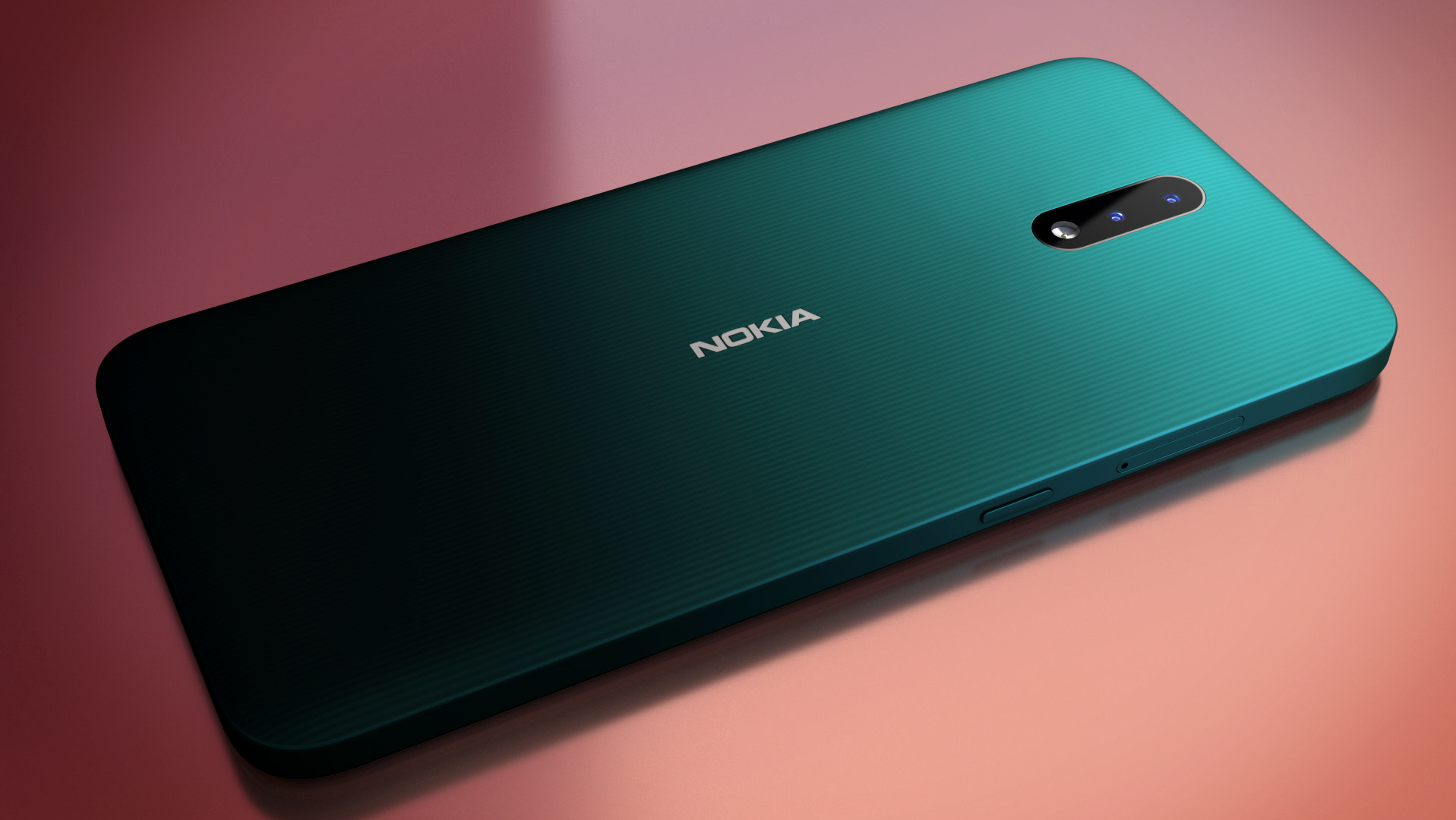Nokia is transitioning Symbian far away from the open supply software model and will distribute it beneath extra restrictive phrases in the future. The supply code is still to be had for download. However, it is most effective to be had to accept individuals, and it’s below a new license that quite manifestly does not fit the open-source criteria. Groklaw used a weblog post to present Nokia a far-deserved beating for characterizing the code availability as “open,” prompting the handset maker to difficulty a professional rationalization. Nokia says Symbian is not open source but “open for enterprise.”
The fame of the Symbian platform in Nokia’s product lineup is a chunk cloudy. The definition of “open” in the mobile space is more exceptional than from it’shere else within the software industry. Nokia says that the new model will simplify matters for the few ultimate eastern OEMs using the platform. This is, in all likelihood, a reference to Fujitsu, which uses Symbian on characteristic telephones. Under new management, Nokia no longer intends to preserve Symbian as an open supply challenge. The business enterprise has made it clear that its long-term plan is to regularly transition away from Symbian as it moves forward with its plan to apply home Windows phone 7. Nokia is developing new Symbian-based merchandise with a Symbian-associated media briefing deliberate for the following week.
Some years ago, Nokia spent €264 million to gather the components of Symbian that it did not already personal so that it could open everything under a permissive open supply software program license. The circulate was supposed to make Symbian greater appealing to different hardware providers, increase engagement around the platform, and accelerate porting efforts to new hardware environments. The Symbian Foundation, formed to function as a dealer-impartial venue for advancing the platform, completed the relicensing method remaining year and made virtually the entire platform to be had underneath the Eclipse Public License (EPL).
The transition was completed beforehand of the agenda; however, it got here too overdue to attract significant hobby from potential stakeholders. Most of the Symbian hardware carriers moved directly to Android and different systems. The Symbian basis’s trash-basis’s executive director stepped down following a few high-profile associate losses. A month later, the Symbian Foundation shut down its development efforts and shed most of its workers. The muse exists only these daysy as a prison entity that manages certain intellectual assets. Nokia took over Symbian development and currently maintains the code internally.

READ MORE :
It is viable that Nokia has given up on using the open EPL license because transferring the development in-house has blurred the boundary between the organization’sorganization’sits and the underlying platform. Unfortunately, this version will correctly save Nokia’s SymbiaNokia’sase from going off into the sunset as an open assignment that can be repurposed via the remaining Symbian fanatics. It’s also disaIt’snting that Nokia would not seem to care anymore. After spending loads of millions of euros and plenty of years of attempts with a purpose to distribute the code beneath the EPL, it seems absurd to throw all of it away and revert to a license that imposes bizarre regulations on supply code get entry.
European open supply analyst Carlo Daffara has an awesome postmortem analysis on his blog, in which he discusses why Symbian didn’t have addidn’te traction as an available supply software program project. He believes that Nokia’s selectNokia’smove from the EPL to an efficiently non-open licensing version has become influenced by a preference to break out from the downstream patent grant blanketed within the EPL. Nokia retains Qt and a little left of its MeeGo improvement efforts under their respective open licenses. It seems, however, that Nokia’s affiniNokia’sopenness is dissipating underneath the brand-new control.
Although there is probably not a lot of hobby in the Symbian source code at this factor, Daffara has posted the whole EPL-certified codebase in a public mercurial repository where it could be freely accessed and used beneath open-source phrases. However, Nokia’s presenNokia’snd ongoing Symbian trends will handiest be to be had beneath the terms of Nokia’s new noNokia’slicense.




